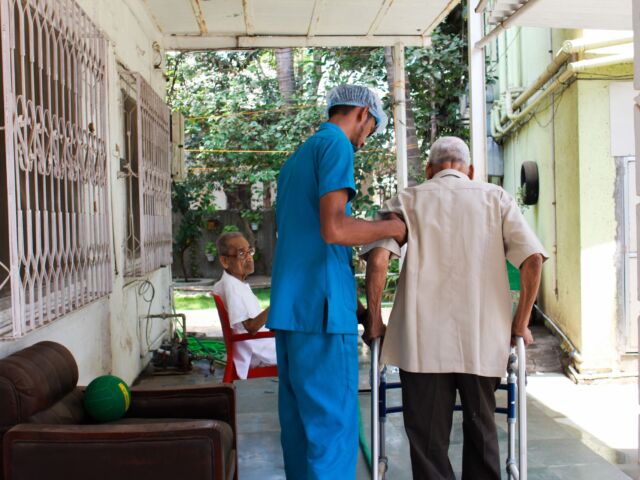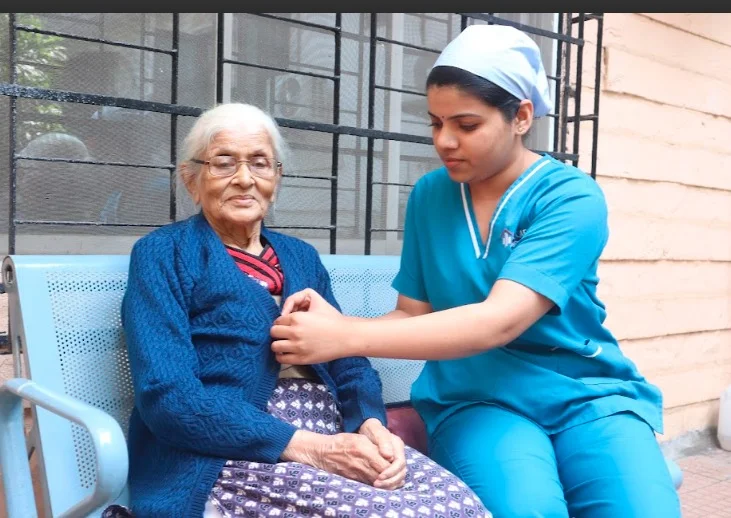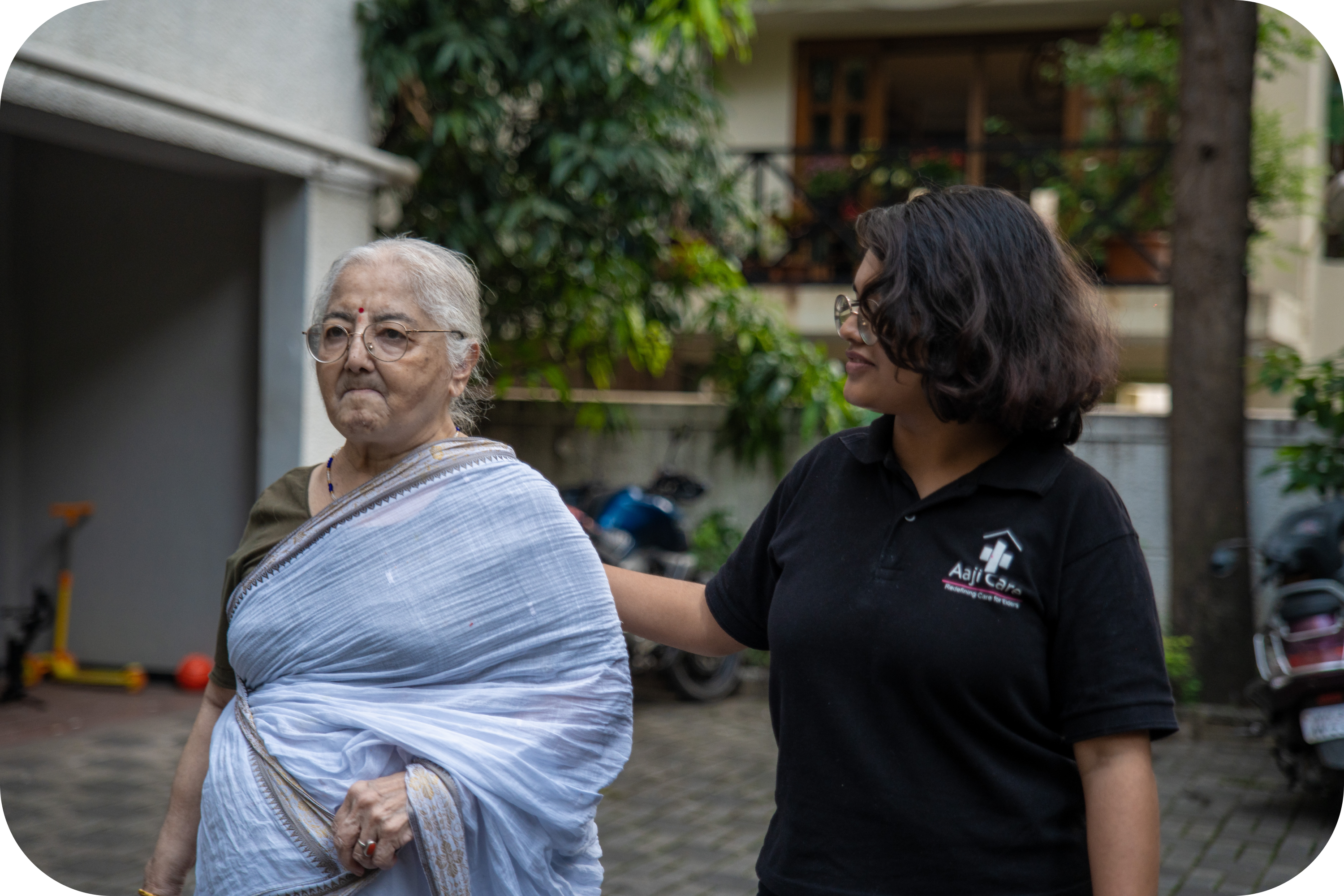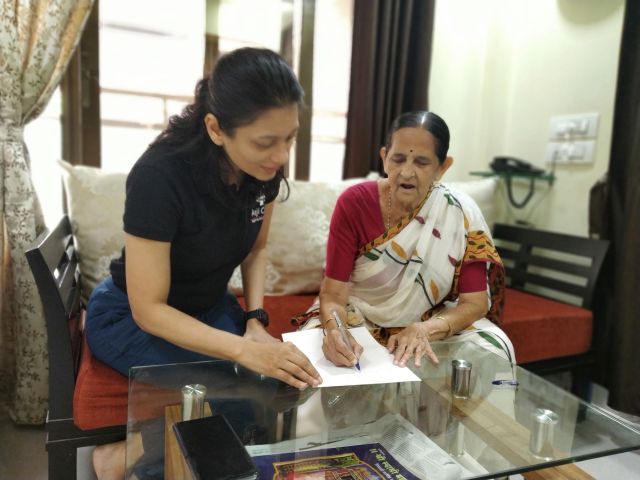
Assisted Living Center
“Spacious rooms. Scenic view. Well trained polite attendants. Round the clock medical facilities. Nutritious well planned meals. Welcome to Senior citizens assisted living!’ These kind of ads are nowadays seen all over on the social media platforms. What was earlier known as “Old Age Homes’ are now being popularized as ‘Assisted Living’ arrangements. Going by the number of such facilities that have come up, it is obvious that the society needs them on an urgent basis and there is still vast untapped segment that needs assistance.
It is not always the children who suggest the parents to take the step of moving to an assisted living. There are people who themselves opt for these homes. Reasons are many; people have lived independently all their lives and do not wish to impose the burden of their care giving on their children. Often, space is a constraint, with the norm of 2BHK homes for average middle class families, when the grandson is to be married and needs a separate room, the old person decides to shift to an old age home. Then there is also the factor of loneliness. Instead of living with the help of a house help, elders prefer to spend the twilight years in the company of other people of the same age group.
As India looks at a prospect of 56 million elderly people by 2031, the need of old age homes is going to be on the rise. These facilities are no longer viewed as a pathos, or miserable end to vulnerable old people, but have acquired the importance of child care centres or medical care facilities. The benefits of assisted living are aplenty-
- Round the clock supervision for the seniors
- Frees them from taking care of household stresses such as trying to locate an electrician, plumber or booking a gas cylinder
- Availability of ready well prepared meals, freeing them from daily chores of shopping for groceries, cooking or being dependent upon domestic help for meals
- Companionship of people of the same generation
- Most of the assisted homes ensure relaxation activities for the members. The senior citizens may have more entertainment options, thereby reducing loneliness, depression and sense of vaccum
- The family is often unable to take senior citizens out, making them feel guilty, increasing boredom among the elderly. But the elder care facilities ensure planned, supervised outings and recreation for their residents
- Regular medical checkups and doctors at hand makes it safer for the older people to be in the care of the homes
- Lack of dependence on the family members, thereby reducing resentment
Gone are the days when the assisted living centres were considered and dismissed as a ‘western’ concept, a breach of the Indian family system. Our culture also held the concept of ‘Vanprasthashram’ the fourth stage of a human life where those who had completed their familial duties moved away from their families to peace, introspection and spiritual attainment. It is time to revive, understand and accept the final stage of a human existence by embracing the modern day Vanprasthashram, or the assisted living centres.





